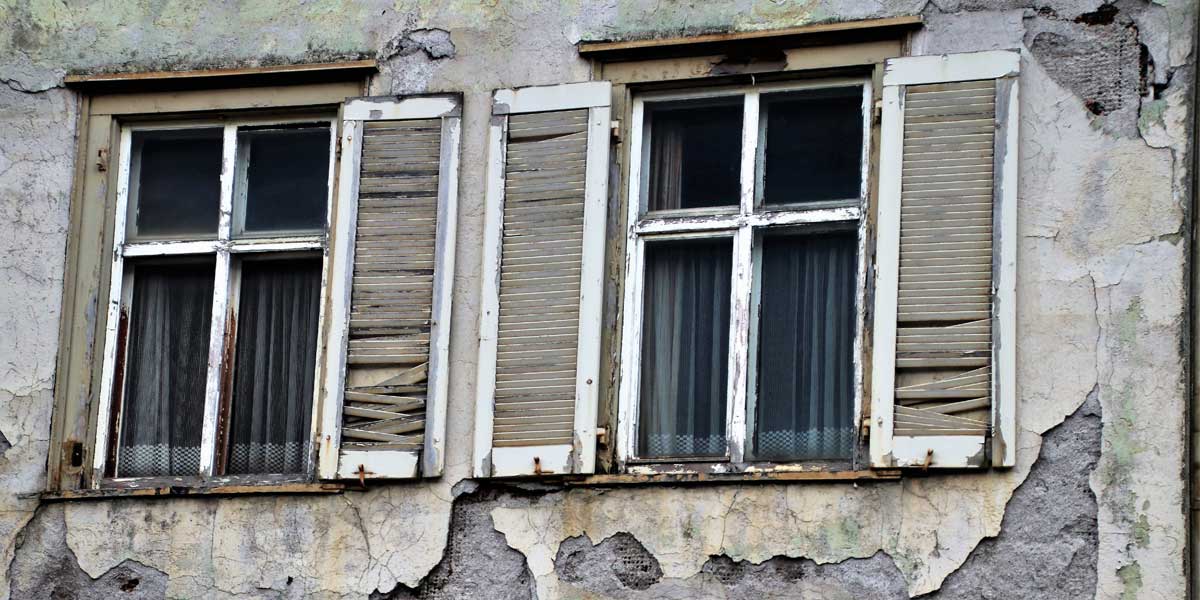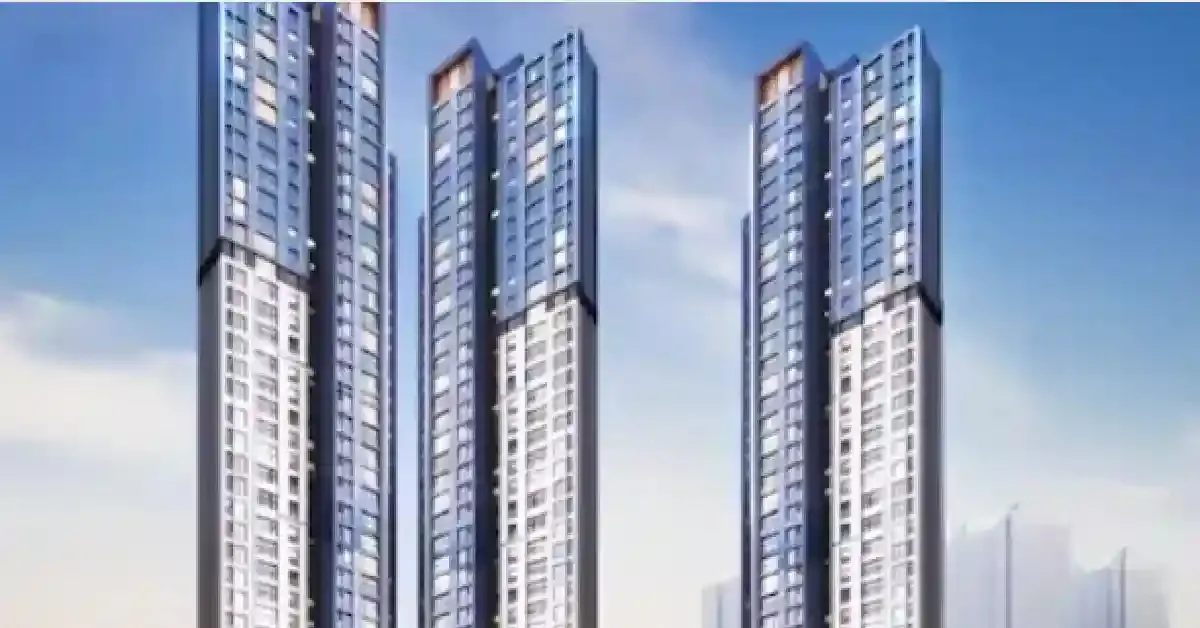With the monsoon drawing closer, BMC (Brihanmumbai Municipal Corporation) has declared 331 buildings as dilapidated and unfit for residence. Sixty-seven per cent of these are presently occupied. In Delhi, more than 600 buildings were declared dilapidated last year, and according to KMC (Kolkata Municipal Corporation) reports, Kolkata has about 3,000 buildings that have been deemed insecure. And yet, buildings such as these continue to remain occupied with a sticker mutely declaring them “dangerous” marking their entrances, but more or less going unnoticed – until one of them finds a place in a headline for collapsing.
Factors that determine a building’s health
Building safety and structural audits determine how sound a building is using the following checks:
Electrical Safety –
Checking electrical device safety including circuit boards, fuses, UPS circuits, power, earthing and lightning protection systems
Reviewing the classification and selection of hazardous areas including flameproof electrical equipment, switchgear rating and photo thermograph for distribution systems.
Fire Safety –
Fire hazard identification
Reviewing existing fire mitigation measures such as awareness training and evacuation drills
Checking preventive systems in place and the adequacy of exits and the time taken for egress
Auditing the fire addressing systems and the automations in place such as the smoke detectors, fire hoses, extinguishers and includes checking work permits
Structural Safety –
Checking documentation for legal licenses, building approvals, architectural drawings and structural drawings
Visual inspection for cracks, dampness, deviation in design (from approved layout), size of structural members, subjected loads (additional or unapproved), inclination in columns or cracked and sagging beams
Non Destructive Test (NDT) to identify the strength of concrete and steel reinforcements within
Why buildings fail
Last week, an under-construction building collapsed in Delhi. Another building from Mumbai made reports last month, which collapsed due to a leakage problem according to the preliminary reports. Three buildings collapsed in Bengaluru last October within a span of a fortnight raising many concerns. These are neither all the collapses reported, and regrettably, nor the last of its kind, which begs the question: why do buildings fail in the first place?
Every building is exposed to multiple factors that deteriorate it in multiple ways. This process is not just inevitable but also a key starting point in beginning to understand the lifespan of a building in order to better manage it.
Concrete members crack over time because of the alkali-silica reactions taking place. The alkalis from the cement react with the silica in the aggregates to produce a gel that swells when exposed to water and increases the internal pressure. Concrete also deteriorates in the presence of salinity which can either come from contaminated soil or from proximity to coastal areas. Steel elements of an infrastructure corrode overtime when they come in contact with chloride or saline environments as well. Failure of materials is the obvious cause that leads to the failure of structures.
Buildings also fail due to complexities introduced in the form of unplanned loads or misdesigned additions which subject the building formwork to unexpected stresses often leading to a risk of failure.
In the case of old buildings, minor accidents like leaks and short circuits may result in unexpected damage such as unforeseen collapses or a fire outbreak because the elements may be already weakened and susceptible to failure.
How to keep buildings healthy
The obvious solution is that the quality of materials, land conditions and skilled workmanship are enforced and checked prior to construction. Over years, the national codes have evolved to ensure that all construction is designed with a healthy amount of tolerance to better mitigate the complexities that a building may be subjected to throughout its lifespan.
However, once a structure’s optimal performing mark has passed – usually, 30 years for an RCC structure but after 10 years of occupancy is widely recommended – regular safety auditing, non-destructive surveying and chemical testing to diagnose a building’s health must be a standardised practice. Additionally, this is a responsibility not just of the urban municipal bodies but also of the designers, planners, owners and tenants involved.
The national by-law mandates a structural audit mentioning that for a building aged 15-30 years, an audit has to be conducted once every five years, while those older than 30 years need an audit every three years.
Impact of building health on human and planet health
There is no skirting around the fact that the first and utmost loss that occurs in the case of a failed structure is that of human life. The penultimate impact is the simultaneous loss of property and habitat for the parties concerned.
Collapsed and demolished buildings pose significant health and environmental threats. These may be in the form of exposed wirings, gas leaks, poisoning from carbon monoxide from fuel-burning equipment, asbestos dust or airborne lead.
From a sustainability point of view, it is inarguably in the best interests of the local environment and the planet, by association, to invest and ensure the longevity of structures. There are technological advances today that make it possible to track and keep failure points in check which can go a long way in lengthening the life spans of ageing buildings. Renovating and retrofitting of structures combined with timely lifecycle management can postpone a building’s expiry date considerably. Realistically speaking, the rising demand for housing cannot be curbed. But with limited land on our hands, making our existing infrastructure long-serving and long-lasting with as minimum environmental impact as possible is the only way through.




















